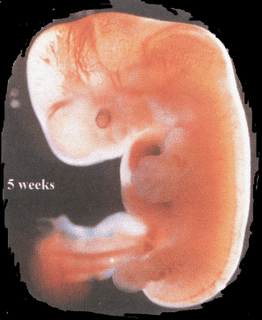
Tattoo Removal
No one knows when the practice of tattooing the skin began, but Egyptian mummies dating back to 1300 B.C. have shown evidence of blue tattoo marks. Tattooing is accomplished by injecting colored pigment into small deep holes made in the skin. Regardless of who injects the pigment - a tattoo artist or an untrained person the marks or designs are relatively permanent. For various personal reasons, people turn to physicians to have tattoos removed.
Fortunately, there are several methods for tattoo removal which have proven successful. In most cases, however, some scarring or color variations remain. The conspicuousness of these blemishes depends upon several factors including size, location, the individual's healing pro-cess, how the tattoo was applied, and length of time it has been on the skin. A tattoo performed by a more experienced tattoo artist, for example, may be easier to remove since the pigment is evenly injected in the same level of the skin. A tattoo that has been on the skin for a considerable length of time may be more difficult to remove than a new one.
Methods of Tattoo Removal
There are several excellent methods of tattoo removal available today. The method that the physician chooses will depend upon the size of the tattoo and its location as well as the length of time it has been on the skin. How the patient heals may also be a factor in the decision.
Excision
Another popular method of tattoo removal especially when the dyed area is small is by excision. The advantage of this method is that the entire tattoo can be removed. With larger tattoos, however, it may be necessary to excise in stages, removing the center of it initially and the sides at a later date.
Excision involves an injection of a local anesthetic to numb the area after which the tattoo is removed surgically. The edges are then brought together and sutured. With this procedure, there is minimal bleeding which is easily controlled with electrocautery. In some cases involving large tattoos, a skin graft taken from another part of the body may be necessary.
Dermabrasion
Another method of tattoo removal is called dermabrasion in which a small portion of the tattoo is sprayed with a solution that freezes the area. The tattoo is then "sanded" with a rotary abrasive instrument causing the skin to peel. Because some bleeding is likely to occur, a dressing is immediately applied to the area.
Laser
In recent times, many physicians consider laser surgery one of the best methods of tattoo removal . Today, the Q-switched Nd:Yag, Q-switched Alexandrite and the Q-switched Ruby are among the most frequently used lasers today for the removal of unwanted tattoos. They are all employed in a similar manner. If necessary, a cream to numb the skin can be applied prior to the treatment. Pulses of light from the laser are directed onto the tattoo breaking up the tattoo pigment. Over the next several weeks the body's scavenger cells remove the treated pigmented areas. More then one treatment is usually necessary to remove all of the tattoo.
Salabrasion
Salabrasion, a procedure which is centuries old, is a method still sometimes used today to remove tattoos. As with the other methods, a local anesthetic is used on and around the tattooed area after which a solution of ordinary tap water dipped in table salt is applied. An abrading apparatus such as the one used with dermabrasion, or an even simpler device such as a wooden block wrapped in gauze, is used to vigorously abrade the area. When the area becomes deep red in color, a dressing is applied.
What Results Can Be Expected?
Regardless of which method of tattoo removal is used, some scarring or color variations are likely to remain. Healing time varies depending upon the size and depth of the tattoo, the proce-dure used and the patient's healing process. It is important for the patient to discuss with the physician the various procedures, how they are performed, and the probable results. Care of the treated area must also be discussed.
Link










